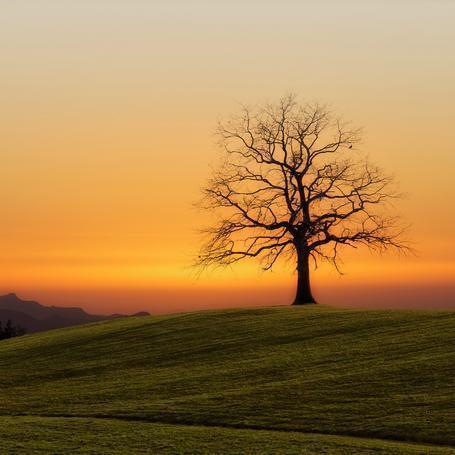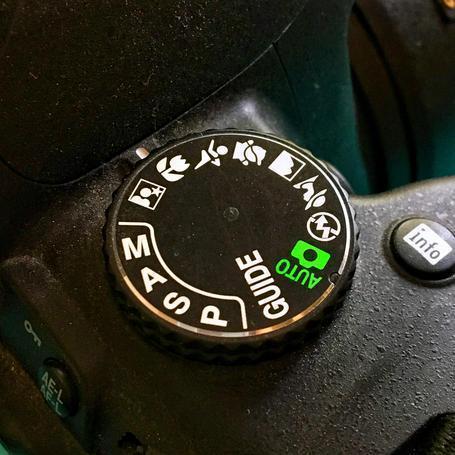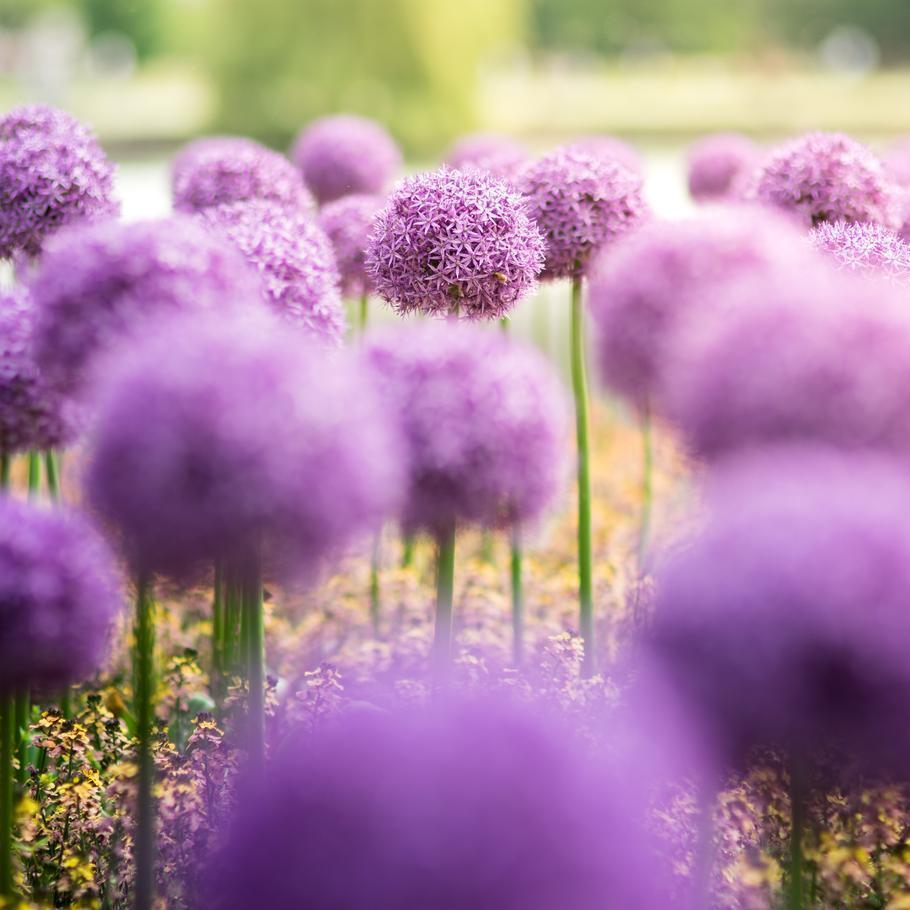There are several techniques you can apply to your landscape photography in order to capture breathtaking images that stand miles above the rest. Subtle changes to the lighting, for example, can significantly alter the way a landscape photo looks, or shooting from a different angle can turn an average-looking landscape photo into something that is quirky, original, and extremely artistic.
Here are 15 great landscape photos with a brief explanation on what makes them stand above the rest.
Different Types of Photography

What is landscape photography, exactly? The answer depends on who you talk to. Some photographers believe that any photo that includes a countryside, seaside, cityscape, or, well, any land, is good enough to call a landscape photo. On the other hand, there are photographers who will argue that if an image contains other elements or subjects, be it people, animals, buildings, or even the ocean, it’s not technically a landscape photo.
The photo above may not be considered a landscape photo in the most technical of terms, as the main focal point is an alpaca, but it does, nonetheless, make this list of excellent landscape photos. By combining two different types of photography – in this case, landscape and animal – the photographer has added interest to the photo.
Lighting
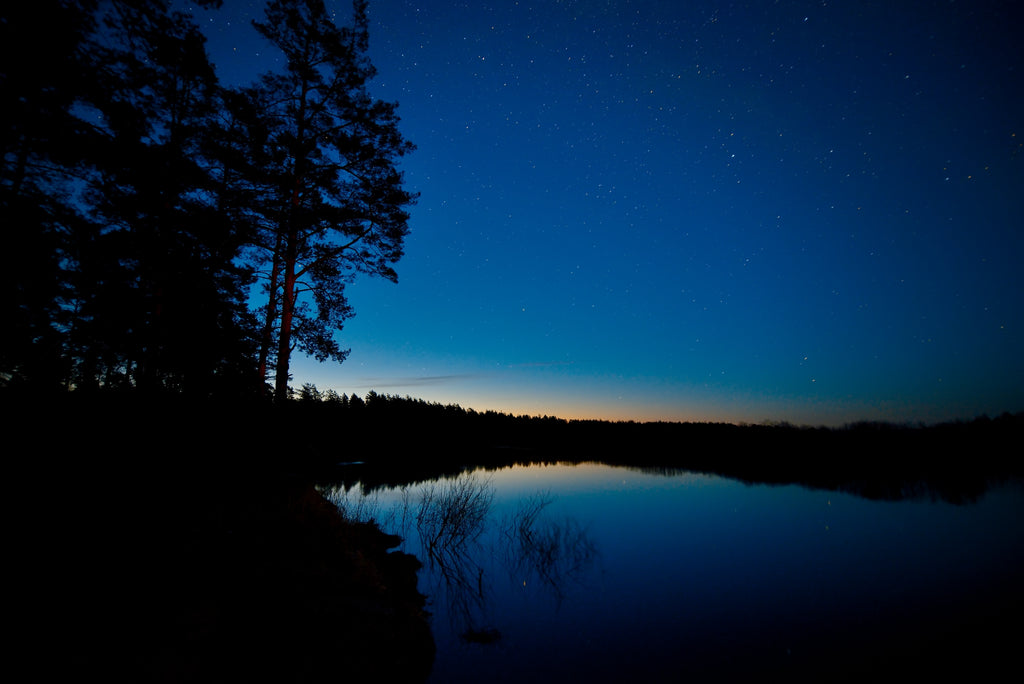

The two images above illustrate how using different lighting within a landscape photo can add a great deal of interest. Shooting on a rainy or cloudy day will have significantly different results than shooting on a bright sunny day. Likewise, capturing landscape photos during a sunrise or sunset will produce images far different than those captured at night.
Perspective
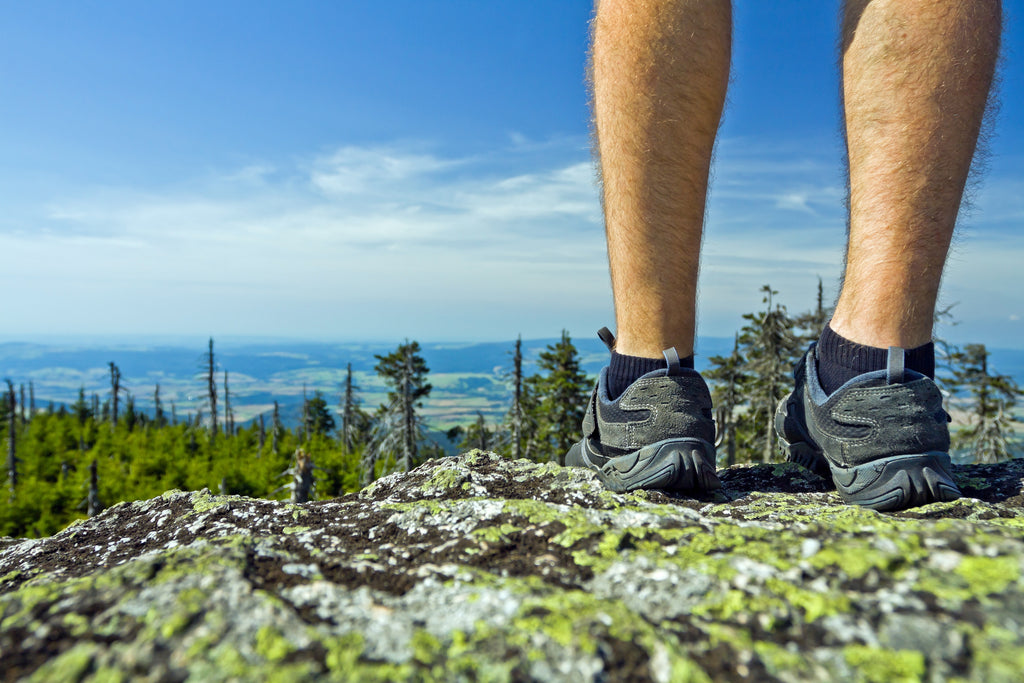
When composing any photo – landscapes included – shooting from a different angle can give an entirely new feeling to an image. When shooting landscape photos, to add some uniqueness, consider tilting your camera, or shoot from a sitting position. If you’re feeling adventurous, you could even climb a tree to capture an image that others are not likely to have. Note, however, that if you decide to shoot with your camera tilted, make sure that your intentions are obvious; if your landscape is only slightly askew, it’s going to look like a mistake, rather than intentional.
Straight Landscapes
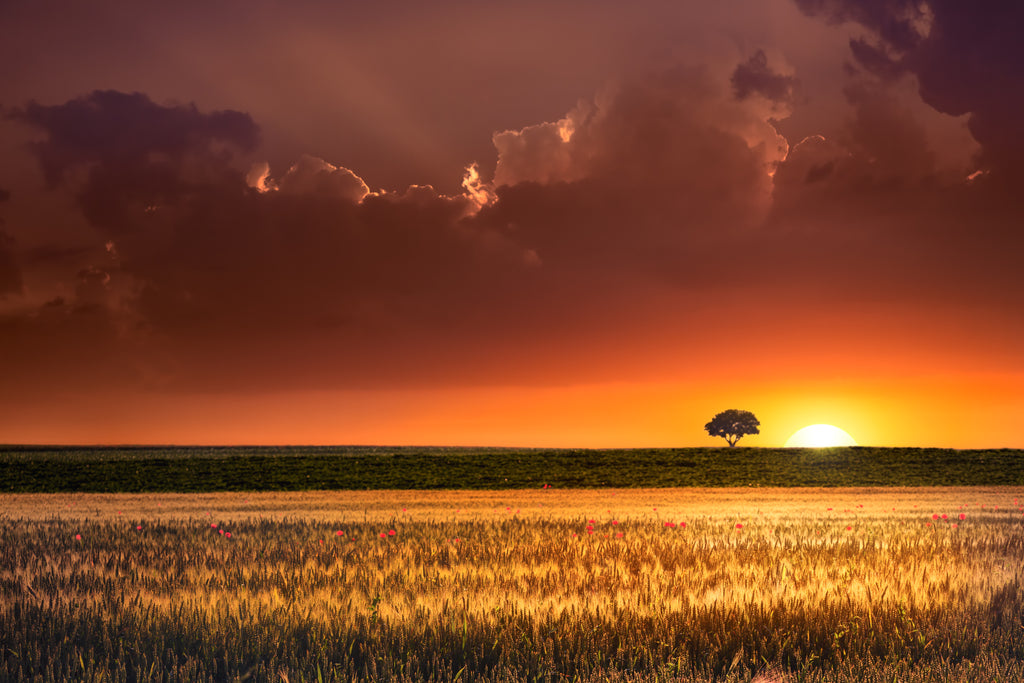
The photo above uses the rule of thirds and the horizon is straight. As mentioned previously, the line where the land meets the sky should be as straight as possible, or tilted enough that the viewer knows it’s an intentional artistic effect. Once you’ve captured your photo, if you notice the horizon isn’t as straight as you’d like it to be, it’s quick and easy to fix it using photo editing software.
Leading Lines
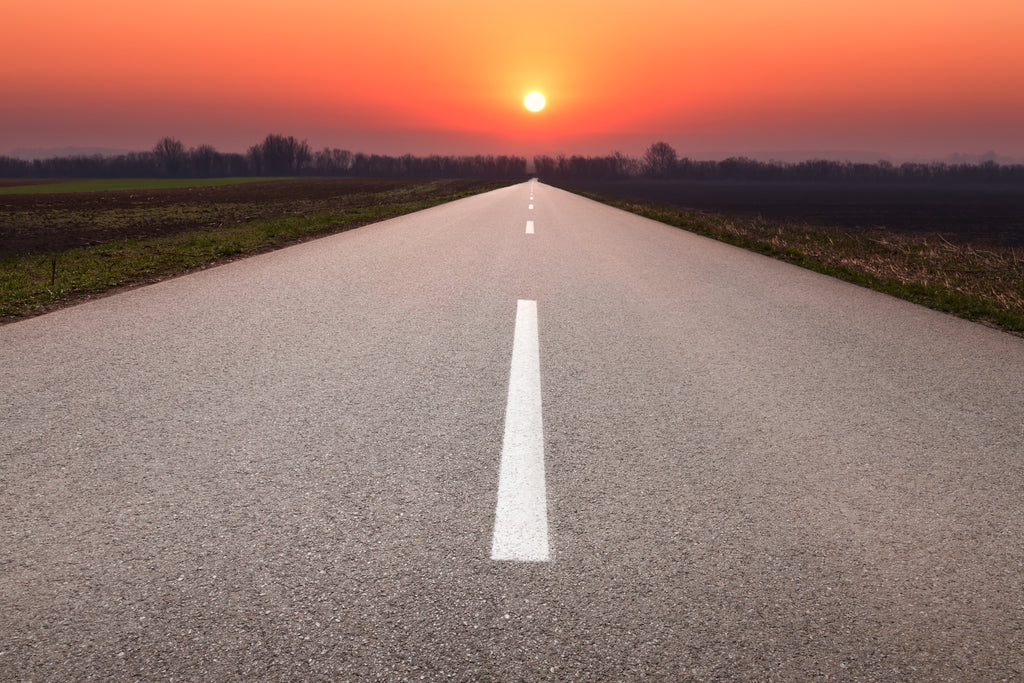
Another composition technique you will often see in landscape photos is the use of leading lines, as shown in the above photo. The lines in the road are a great example of vertical lines, while the edges of the road and even the light/dark produced from the sun uses diagonal lines. Taking it further, the horizon illustrates a horizontal line and they all intercept in the middle of the photo. Helping to strengthen the composition of the photo even more, the photographer followed the rule of thirds by dividing the landscape so the sky is only in the top third of the image.
Texture
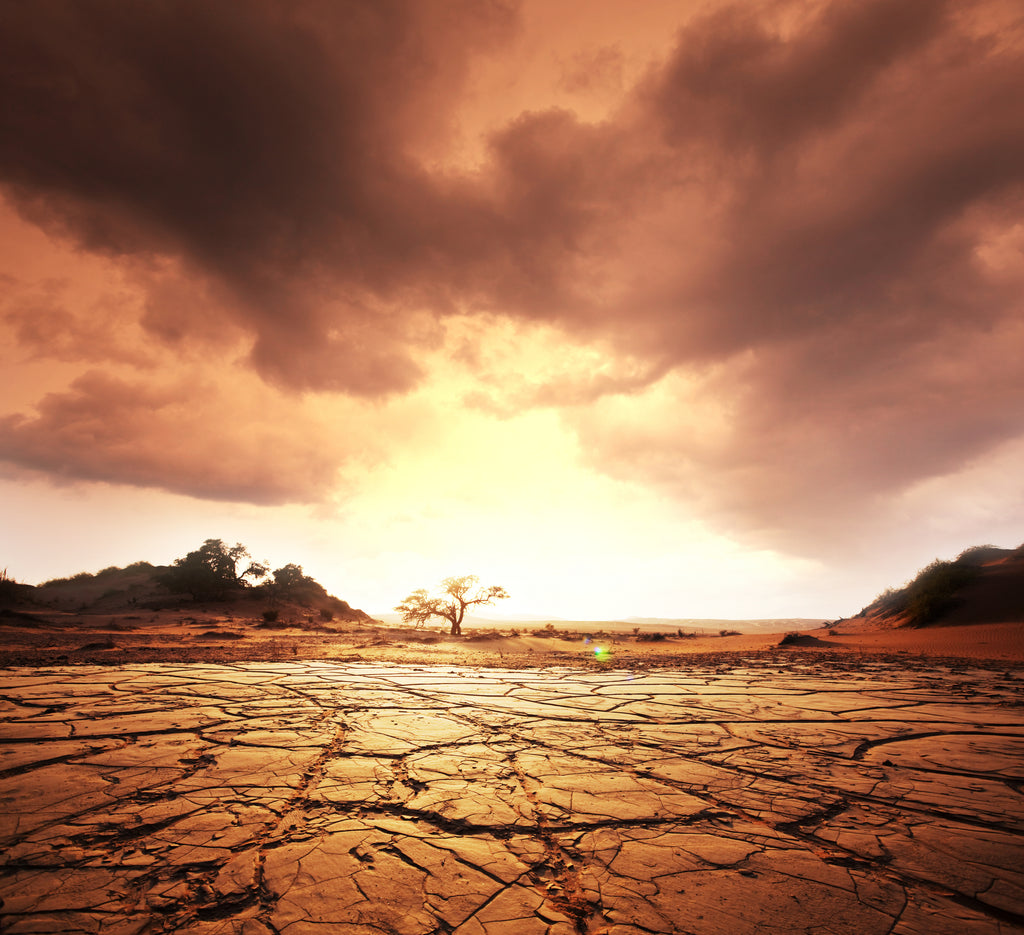

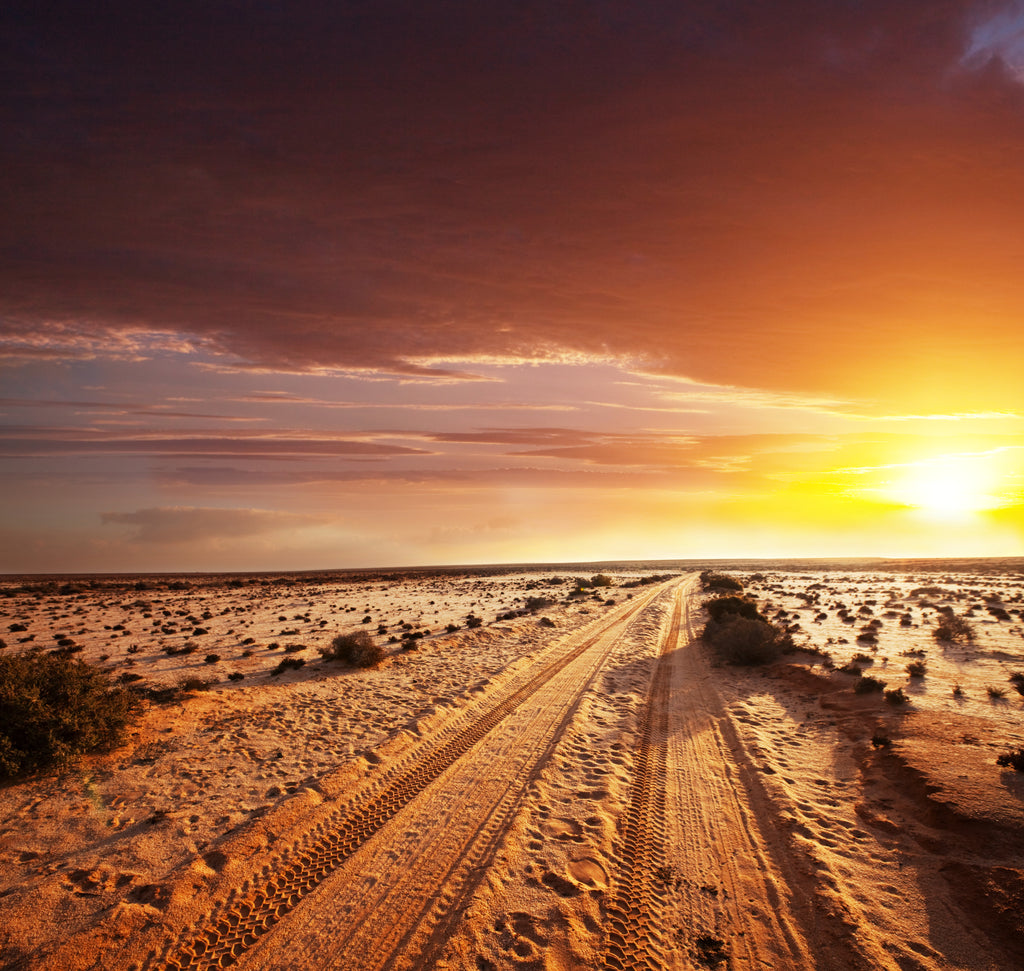
These three landscape photos include great textures, adding another element of interest. You’ll note that each of these photos also follow the rule of thirds and have straight horizons.
HDR Photography
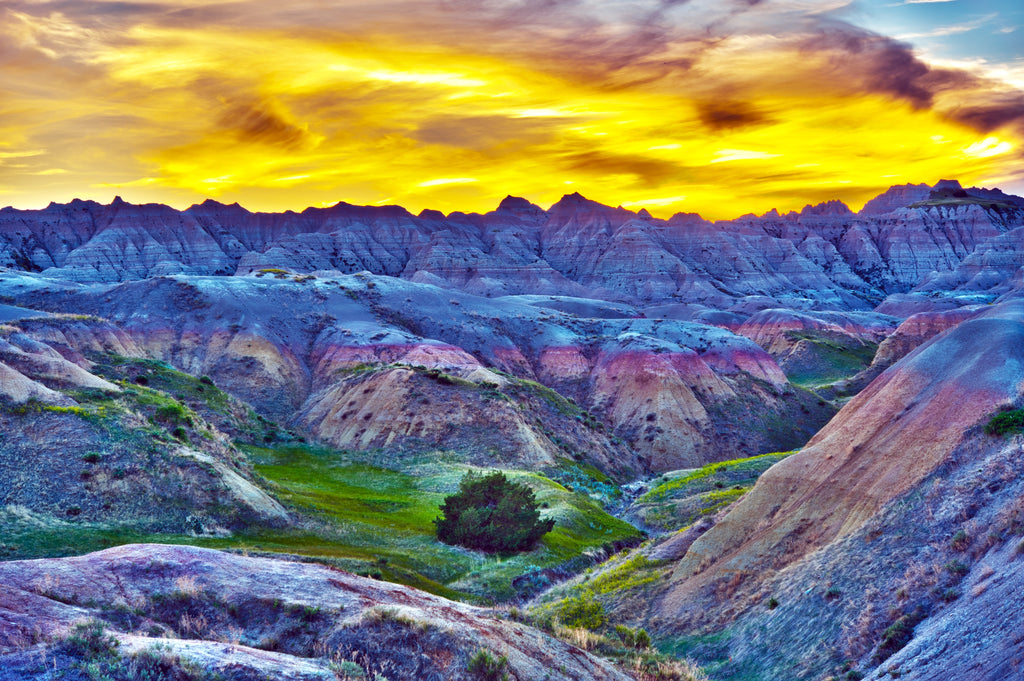

Incorporating High Dynamic Range (HDR) photography in landscape photos is stunning. Shadows, colours, and light are all enhanced in HDR landscape images. These types of photos, I might add, look amazing printed on acrylic. Posterjack will print your photo on the back on an acrylic sheet and seal it with UV-resistant, titanium-infused inks. The combination of super-vivid printing, professional-quality materials, and the depth and detail of your HDR photo will create a truly magical effect. Like a fine wine and cheese, I totally recommend pairing Posterjack Acrylic Prints with HDR photos.
Focal Points
Below are a few more landscape photos that are simply magnificent and all include interesting focal points. You’ll also note that they all use leading lines and follow the rule of thirds.
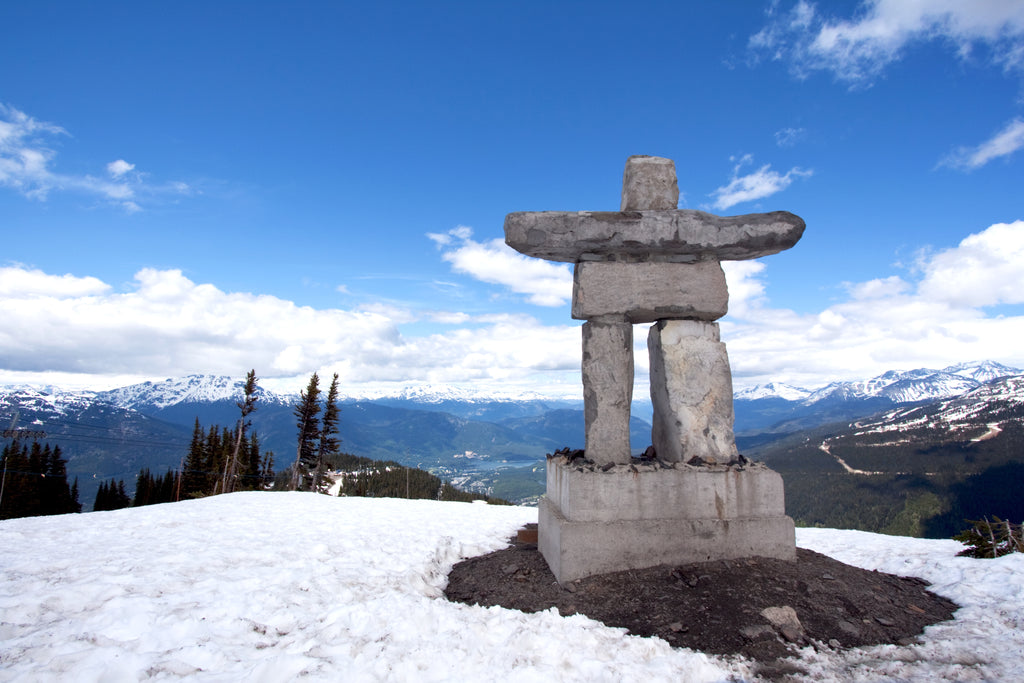
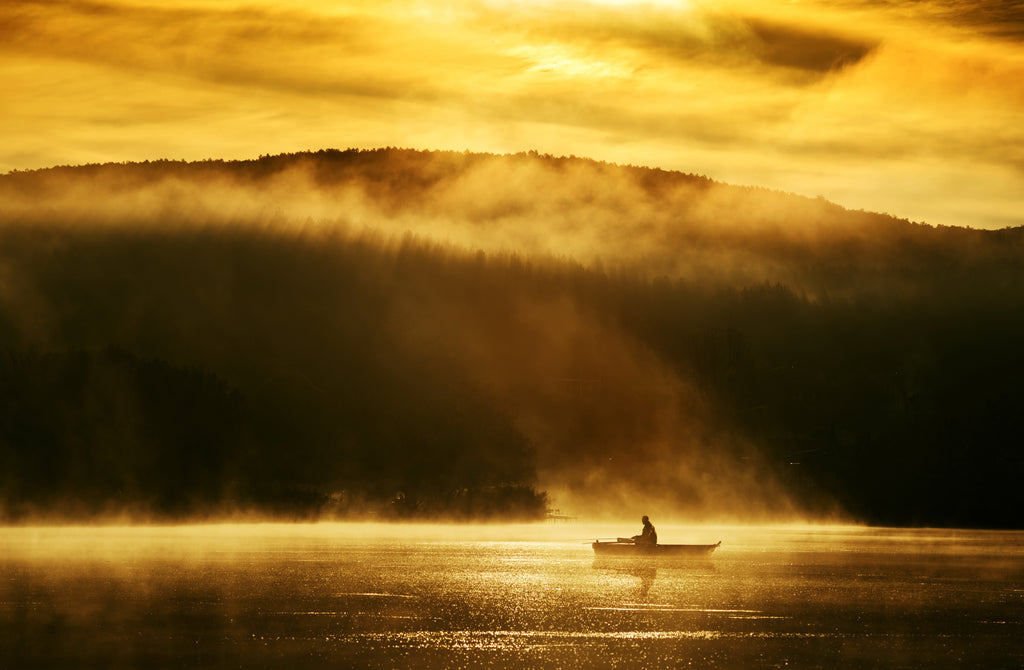

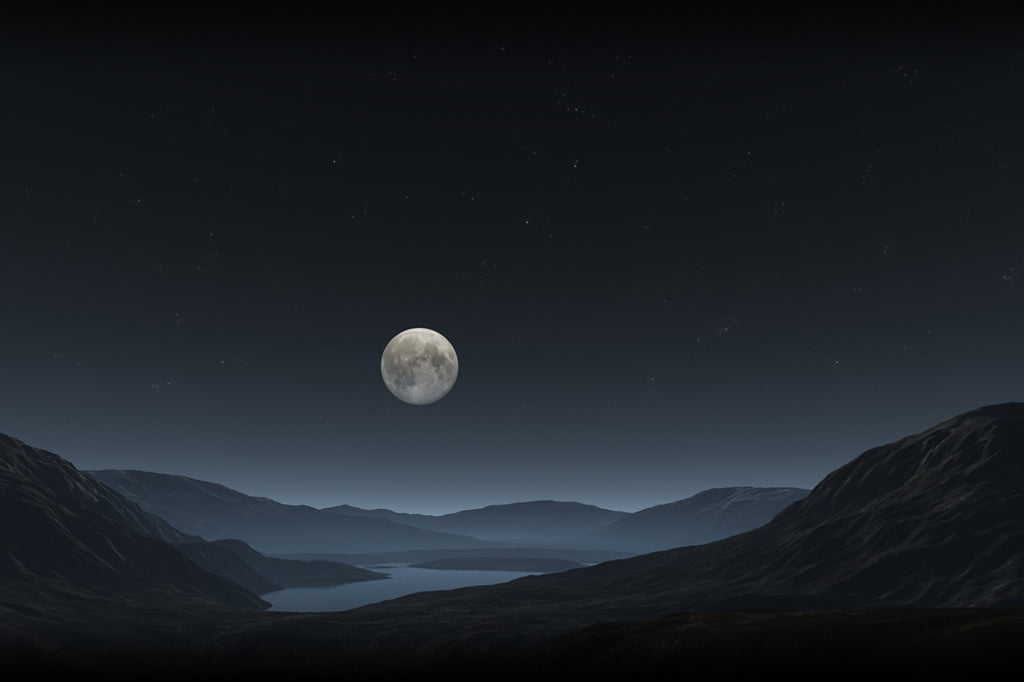
Sharing Your Landscape Photos
Do you have landscape photos you’re especially proud of? Follow Posterjack on Instagram, Facebook, Twitter, or Google+ and tag us in your photos – we’d love to see them (and we might share them too)!
